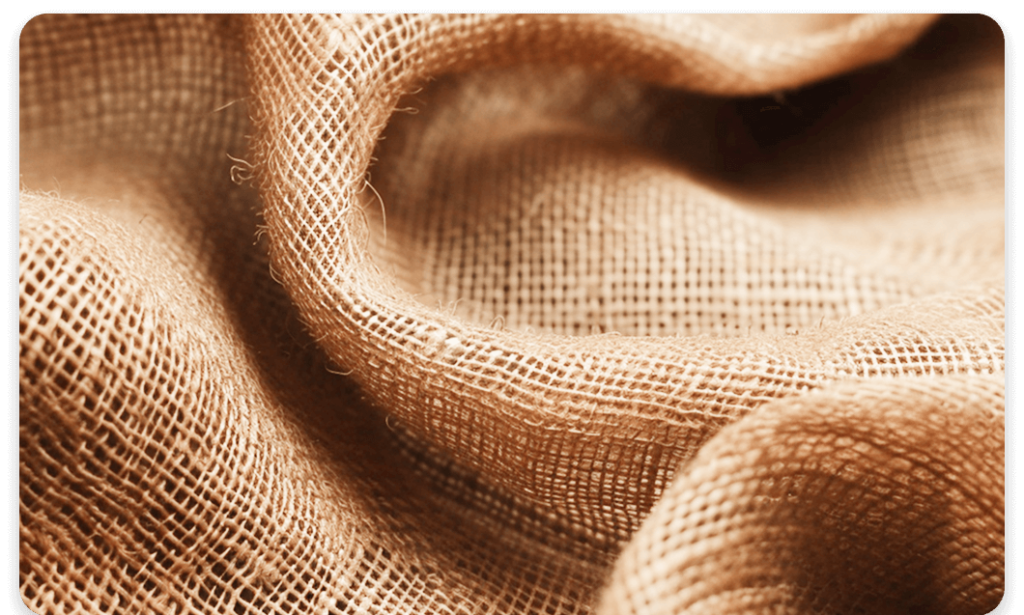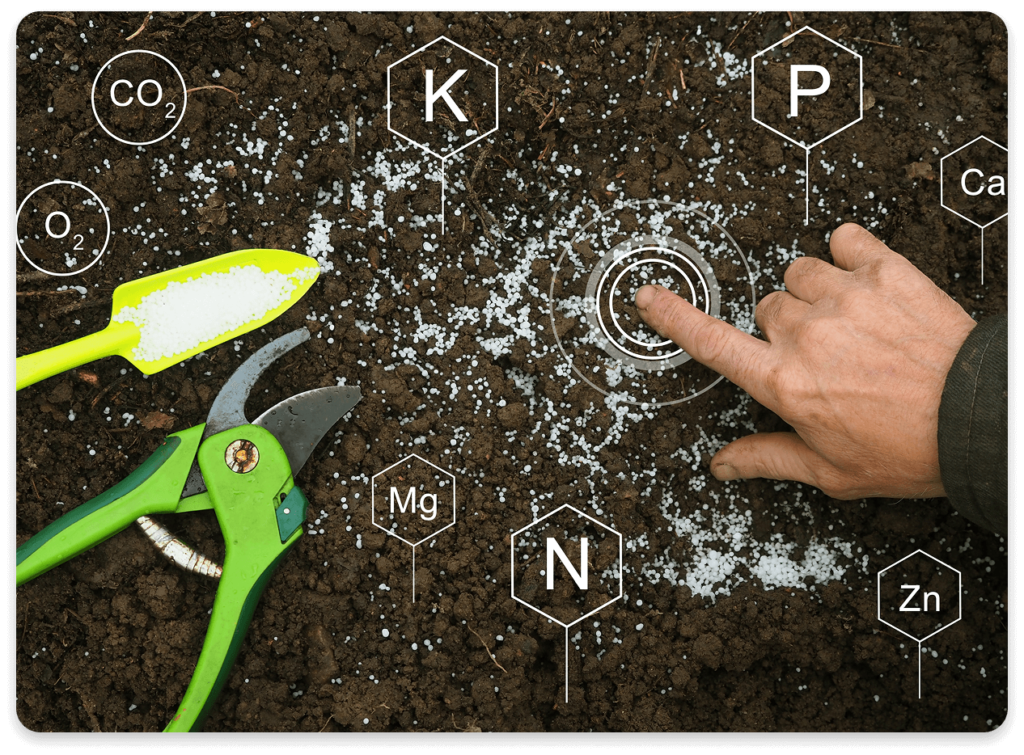

One of the most critical nutrients required for the healthy growth of jute plants is potassium. Potassium deficiency in jute plants can lead to stunted growth, decreased fibre quality and reduced yield.
We recommend that farmers conduct soil testing to determine the potassium levels in the soil and apply potassium-based fertilisers if required.
Matix imports the highest grade of MOP (Muriate of Potash), which is the most used form of potassium in India, serving this critical need.

Jute plants require regular and adequate irrigation throughout their growth period.

Jute cultivation in Eastern India benefits from the monsoon season..

Water is used in jute cultivation for field preparation activities such as ploughing, harrowing and levelling the land. Before these tasks are initiated, the soil needs to be moistened.

After the jute plants reach maturity, retting is conducted to separate the jute fibres from the stalks. Retting is a process where the harvested jute stems are soaked in water, either in ponds or by bundling them in fields, to allow natural fermentation and microbial action to break down the non-fibre components.
Districts: Jalpaiguri, Cooch Behar
Districts: Dibrugarh, Golaghat, Nagaon

Matix Fertilisers and Chemicals Limited is one of India’s youngest and fastest-growing fertiliser companies holding approximately 20% market share of urea in Eastern India.
2025. All right reserved